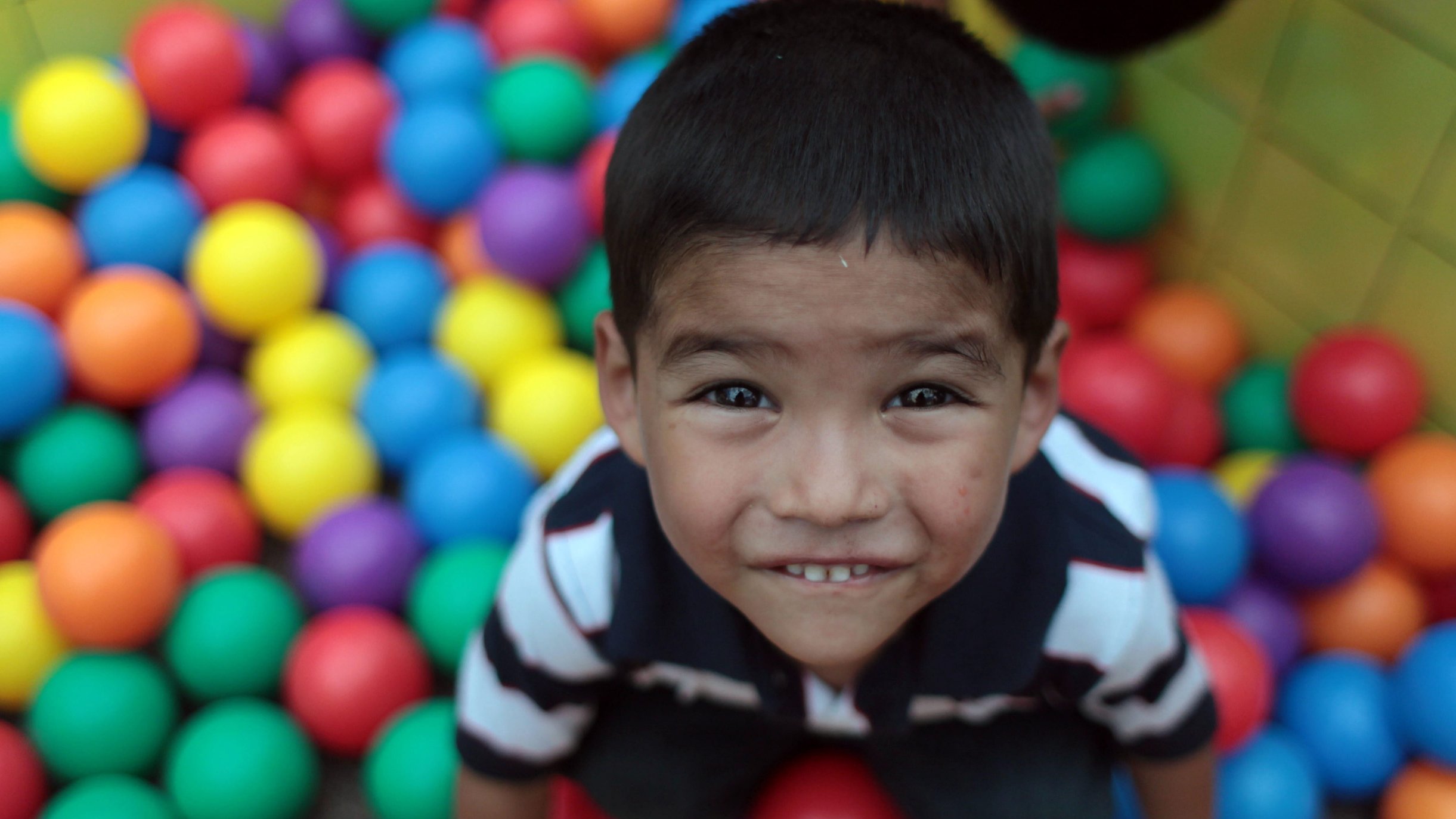Press Release
(31 October 2014) The safe use of information and communications technologies (ICTs) by children and adolescents in the region can help ensure the fulfillment of their rights, according to two documents released today by the Economic Commission for Latin America and the Caribbean (ECLAC) and the United Nations Children’s Fund (UNICEF).
ICTs, and the Internet in particular, have a direct and indirect impact on the guarantees established in the Convention on the Rights of the Child (CRC), such as freedom of expression and the rights to information, freedom of association and identity, according to the report Children’s Rights in the Digital Age. Latin America and the New Technologies (Spanish only), published jointly by both organizations.
In a context of growing ICT use in the region, where an estimated 60% of boys and girls get their first mobile telephone (with or without an Internet connection) by the age of 12, and where one in five uses the web more than two hours a day, the organizations propose a series of policies oriented towards taking advantage of these tools’ potential for the development of children and adolescents, while minimizing associated risks, like cyberbullying.
These policies should address the need to expand children’s access to ICTs and encourage their use beyond the educational sphere; promote activities oriented towards using the Internet safely and identifying threats among all the actors involved; recognize the role and influence of peers in the development of programs related to these technologies; and compile empirical and contextualized evidence in the region.
Although the structural inequality of Latin America and the Caribbean means that not all children and adolescents are digital natives, ICTs are present in their everyday lives, as shown by the level of access to computers, the Internet and mobile telephones in their homes, according to ECLAC-UNICEF’s Challenges Bulletin Number 18, which also explores children’s rights in the digital age.
The region’s children mainly access the Internet from their homes (49%) and schools (46%), according to various studies. Internet cafes have also appeared as an alternative. In Colombia, school is the main point of access for boys and girls, while in Costa Rica (56%), Mexico (60%), Ecuador (64%), Peru (67%) and El Salvador (81%) it is the home.
In Chile, 80% of adolescents between the ages of 13 and 18 have mobile phones, a percentage that falls to 65% in El Salvador and 64% in Mexico. Meanwhile, figures from Brazil show that more children aged 9 to 16 years use social networks there than in Europe.
The Internet is mainly used for communicational and informational purposes, which translates into multiple activities, ranging from searching for relevant content while studying to using chat and e-mail, visiting social networks, downloading music and films, and playing online games.
The possibility of creating and sharing their own content in a great variety of formats gives children and adolescents social and communication skills and encourages creativity and interactivity, ECLAC and UNICEF stressed in the documents released today, noting that these activities also entail risks.
Those risks include the prevalence of content not suitable for children, such as websites dedicated to pornography, gambling and sexual grooming of children by adults. The most common risk is cyberbullying, which constitutes an attack on a child’s honor and reputation, as protected under articles 13 and 16 of the CRC.
“Further reflection is required on the role of schools in providing guidelines and protocols on how to use the Internet safely in order to take advantage of the benefits and minimize the risks,” ECLAC and UNICEF emphasized, underscoring the importance of having comparable information among countries on the role of ICTs in the lives of the region’s children.



